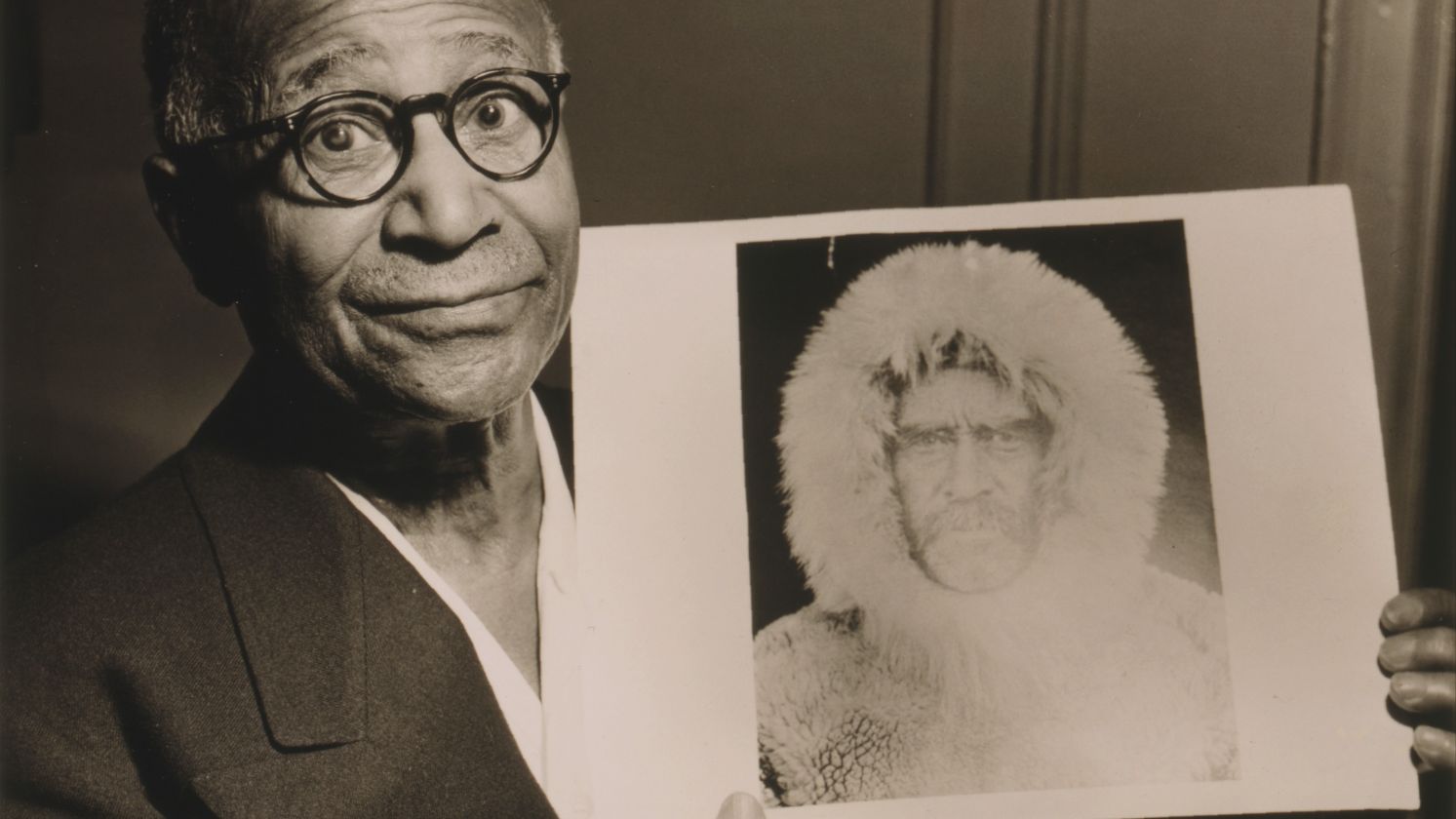Impacting The World Through Courage
History is not always built through politics and empires. Sometimes, it’s shaped by individuals who faced deadly consequences or stood alone when it mattered most. Their actions might not have made headlines, but they rewrote the rules of resistance and altered the course of history. Read on to discover the stories of 20 individuals who became legends through their courage.
 DFID - UK Department for International Development on Wikimedia
DFID - UK Department for International Development on Wikimedia
1. Hugh Thompson Jr. Stops The My Lai Massacre (1968)
He stopped U.S. troops from killing unarmed civilians during the Vietnam War. Landing his aircraft between the soldiers and villagers, Hugh Thompson Jr. told his men to shoot fellow Americans if necessary. His testimony later exposed the massacre to the public.
2. Witold Pilecki Infiltrates Auschwitz (1940)
Witold Pilecki volunteered to enter Auschwitz to gather intelligence and organize a resistance network. Inside the camp, he endured torture while secretly documenting Nazi atrocities. His escape and detailed reports provided the Allies with credible evidence of the Holocaust.
3. Harriet Tubman Helps Slaves Escape
Harriet Tubman escaped slavery in 1849 but returned to rescue others. Over 13 missions, she led more than 70 people to safety, traveling at night and risking capture. During the Civil War, Tubman commanded a raid that liberated over 700 enslaved people.
 Photographer William H. Cheney, South Orange, NJ on Wikimedia
Photographer William H. Cheney, South Orange, NJ on Wikimedia
4. Desmond Doss Saves 75 Men At Hacksaw Ridge (1945)
Desmond Doss, a combat medic, refused to carry a weapon. During the Battle of Okinawa, he braved enemy fire to drag wounded soldiers to the edge of a cliff and lower them to safety. He was awarded the Medal of Honor for that act.
5. Rosa Parks Sparks A Movement (1955)
Rosa's defiance on a Montgomery bus sparked one of America's most influential protests. Her arrest led Black leaders to organize a 381-day boycott that shut down the city’s transit system. Parks’ simple but brave act of resistance fueled the Civil Rights Movement.
 Gene Herrick for the Associated Press; restored by Adam Cuerden on Wikimedia
Gene Herrick for the Associated Press; restored by Adam Cuerden on Wikimedia
6. Raoul Wallenberg Rescues Thousands (1944)
A Swedish diplomat issued protective passports to Hungarian Jews during WWII. Working with the War Refugee Board, he created safe houses to shield families from deportation. Wallenberg’s efforts saved around 100,000 lives before Soviet forces abducted him in 1945—he was never seen again.
7. Chiune Sugihara Issues Life-Saving Visas (1940)
In an act of defiance, Japanese diplomat Chiune Sugihara risked his career by issuing visas to Jews fleeing Nazi persecution. Disobeying Tokyo’s strict orders, he handwrote visas tirelessly—even as his consulate was ordered to close. His courageous choice saved over 6,000 lives.
8. Andrei Sakharov Speaks Against Soviet Oppression (1968)
Soviet physicist Andrei Sakharov risked everything to criticize the USSR’s human rights abuses. His essay, Reflections on Progress, called for freedom of thought. The state stripped him of honors and confined him internally, but he became a global voice for dissent.
 Vladimir Fedorenko / Владимир Федоренко on Wikimedia
Vladimir Fedorenko / Владимир Федоренко on Wikimedia
9. Irena Sendler Smuggles Jewish Children (1940–43)
Code-named “Jolanta,” Polish social worker Irena Sendler rescued around 2,500 Jewish children. She smuggled the kids from the Warsaw ghetto into coffins and toolboxes and placed them with non-Jewish families. Even after getting arrested and tortured, she never revealed a single name.
10. Malala Yousafzai Advocates For Girls’ Education After Being Shot (2012)
The Taliban shot Malala Yousafzai in the head for advocating girls’ education in Pakistan. Rather than retreat, the 15-year-old intensified her activism internationally. She later became the youngest-ever recipient of the Nobel Peace Prize.
11. Oskar Schindler Saves Jews (1939–1945)
German industrialist Oskar Schindler used his enamelware factory to hide over 1,000 Jews during WWII. Bribes and constant manipulation of Nazi officials allowed him to keep his workers off transport lists. His factory eventually became a literal sanctuary for those employees.
 photo taken by Miaow Miaow in August 2004 on Wikimedia
photo taken by Miaow Miaow in August 2004 on Wikimedia
12. Sophie Scholl Distributes Anti-Nazi Leaflets In Munich (1943)
Sophie Scholl joined the White Rose resistance as a University student, distributing leaflets denouncing Hitler’s regime. During a daytime campaign, she and her brother were caught scattering flyers in the corridors. After a swift trial, she was executed by guillotine.
 DFID - UK Department for International Development on Wikimedia
DFID - UK Department for International Development on Wikimedia
13. The Unknown Protester (1989)
Military crackdowns on protests in Beijing didn't deter one man who stood before a line of tanks. As the lead vehicle tried to maneuver around him, he repeatedly stepped back into its path. Though his identity remains unknown, the image symbolizes individual resistance.
14. Janusz Korczak Refuses To Abandon Orphans (1942)
In 1942, 200 children were slated for deportation by the Nazi occupation. Their teacher, Janusz Korczak, who ran an orphanage in the Warsaw Ghetto, rejected offers of escape. He marched with the kids to the train, comforting them until the end.
15. Nelson Mandela Endures 27 Years In Prison
For opposing South Africa’s apartheid regime, Nelson Mandela was incarcerated for almost three decades. Offers of early release came on condition that he abandon the struggle. He refused. Upon his release, Mandela became the nation's first Black president in 1994.
 Kingkongphoto & www.celebrity-photos.com from Laurel on Wikimedia
Kingkongphoto & www.celebrity-photos.com from Laurel on Wikimedia
16. Mahatma Gandhi Leads The Salt March (1930)
What began as a peaceful walk turned into resistance when Mahatma Gandhi led the 240-mile Salt March. By making salt illegally, Gandhi challenged British colonial laws. His act ignited civil disobedience across India and inspired future nonviolent movements worldwide.
 Unknown authorUnknown author on Wikimedia
Unknown authorUnknown author on Wikimedia
17. Father Maximilian Kolbe Volunteers To Die (1941)
After some prisoners escaped from Auschwitz, Nazi guards chose ten men to starve to death in retaliation. One pleaded for his life and Father Kolbe volunteered in his place. He lasted two weeks in the starvation bunker before receiving a lethal injection.
18. Aleksandr Solzhenitsyn Exposes The Gulag (1973)
Few books have shaken regimes as profoundly as The Gulag Archipelago. Author Aleksandr Solzhenitsyn detailed the brutal conditions of Soviet labor camps from his own harrowing experience. Risking imprisonment, he smuggled his manuscript to the West, exposing Stalin’s oppressive system and human rights abuses.
 Should you read THE GULAG ARCHIPELAGO? by KDBooks
Should you read THE GULAG ARCHIPELAGO? by KDBooks
19. Noor Inayat Khan Operates As A Spy (1943–44)
Rather than remain in safety, Noor Inayat Khan joined Britain’s Special Operations Executive and parachuted into occupied France. She continued transmitting vital messages even after her network collapsed. Eventually captured and executed at Dachau, Noor didn’t reveal any code.
 Unknown authorUnknown author on Wikimedia
Unknown authorUnknown author on Wikimedia
20. Armin Wegner Documents The Armenian Genocide (1915)
Armin Wegner witnessed terrible acts on the Armenians while serving as a medic in the Ottoman Empire. Risking execution, he took clandestine photographs and smuggled written accounts to Europe. His documentation remains among the few surviving records of the genocide.
KEEP ON READING

20 Urban Legends That Turned Out To Be True
They Couldn’t Believe It. Urban legends are supposed to be…
By Farva Ivkovic Sep 12, 2025
The Fertile Crescent: 20 Ancient Civilizations That Started Society As…
Thank You For Your Service. Human society had to start…
By Breanna Schnurr Sep 11, 2025
10 Polar Explorers Who Made Mistakes & 10 Who Made…
Explorers Who Redefined The Map. Antarctic explorer Apsley Cherry-Garrard once…
By Ashley Bast Sep 10, 2025
20 Constellations With Fascinating Ancient Histories
Stories Written In The Sky Long Before We Arrived. Every…
By Cameron Dick Sep 10, 2025
20 Women Forgotten by History
Alice Ball Helped Cure Leprosy. Women have often been sidelined…
By Rob Shapiro Sep 10, 2025
The 20 Most Crucial Turning Points In Historic Wars
Moments That Shaped Empires. Wars are shaped not by constant…
By David Davidovic Sep 10, 2025











